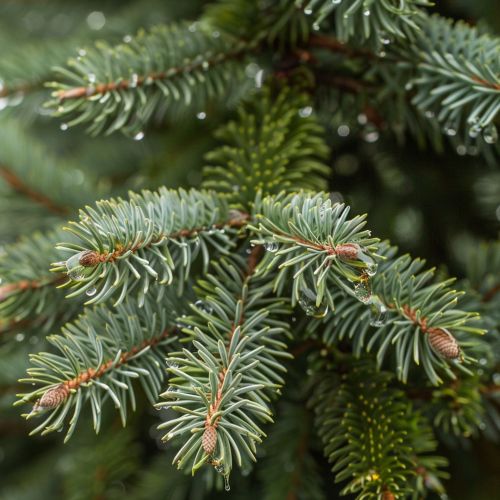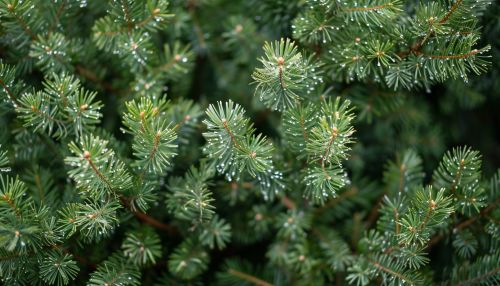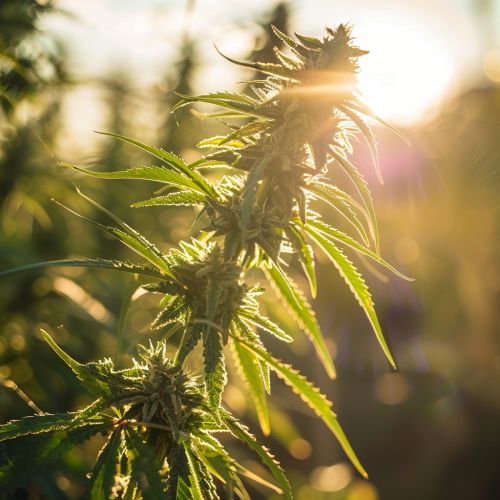Terpenes
Introduction
Terpenes are a large and diverse class of organic compounds, produced primarily by a variety of plants, particularly conifers, and by some insects. They often have a strong odor and may protect the plants that produce them by deterring herbivores and by attracting predators and parasites of herbivores. Terpenes are the major components of rosin and of turpentine produced from resin. The name "terpene" is derived from the word "turpentine".


Classification
Terpenes are classified by the number of isoprene units in the molecule. An isoprene unit or "monomer" is a set of five carbon atoms attached to eight hydrogen atoms (C5H8). A prefix in the name indicates the number of terpene units needed to assemble the molecule.
- Monoterpenes (C10H16) consist of two isoprene units and have the molecular formula C10H16. Examples include geraniol and limonene.
- Sesquiterpenes (C15H24) consist of three isoprene units and have the molecular formula C15H24. Examples include farnesol and humulene.
- Diterpenes (C20H32) are composed of four isoprene units and have the molecular formula C20H32. They derive from geranylgeranyl pyrophosphate. Examples include taxadiene (a precursor of taxol), retinol, and phytol.
- Sesterterpenes (C25H40) are terpenes consisting of five isoprene units. They are of rare occurrence. Examples of sesterterpenes are geranylfarnesol and tetraprenylcurcumene.
- Triterpenes (C30H48) consist of six isoprene units and have the molecular formula C30H48. The linear triterpene squalene, the major constituent of shark liver oil, is derived from the reductive coupling of two molecules of farnesyl pyrophosphate. Squalene is then processed biosynthetically to generate either lanosterol or cycloartenol, the structural precursors to all the steroids.
- Tetraterpenes (C40H56) contain eight isoprene units and have the molecular formula C40H56. Biologically important tetraterpenoids include the acyclic lycopene, the monocyclic gamma-carotene, and the bicyclic alpha- and beta-carotenes.
- Polyterpenes consist of long chains of many isoprene units. Natural rubber consists of polyisoprene in which the double bonds are cis. Some plants produce a polyisoprene with trans double bonds, known as gutta-percha.
Biosynthesis
Terpenes are derived biosynthetically from units of isopentenyl pyrophosphate. Although the pathways are similar, plants and animals do not make terpenes in the same way. The formation of terpenes in plants is promoted by light exposure and is part of the plant's defense mechanism.

Importance and uses
Terpenes play a vital role in the ecological interactions of the organisms that produce them. Not only do they defend the host organism against herbivores, but they also help in attracting pollinators and seed dispersers.
In addition to their roles in biosynthesis and ecology, terpenes are useful to humans in the manufacture of food additives, perfumes, and drugs. Synthetic variations and derivatives of natural terpenes and terpenoids also greatly expand the variety of aromas used in perfumery and flavors used in food additives. Vitamin A is a terpene derivative.
